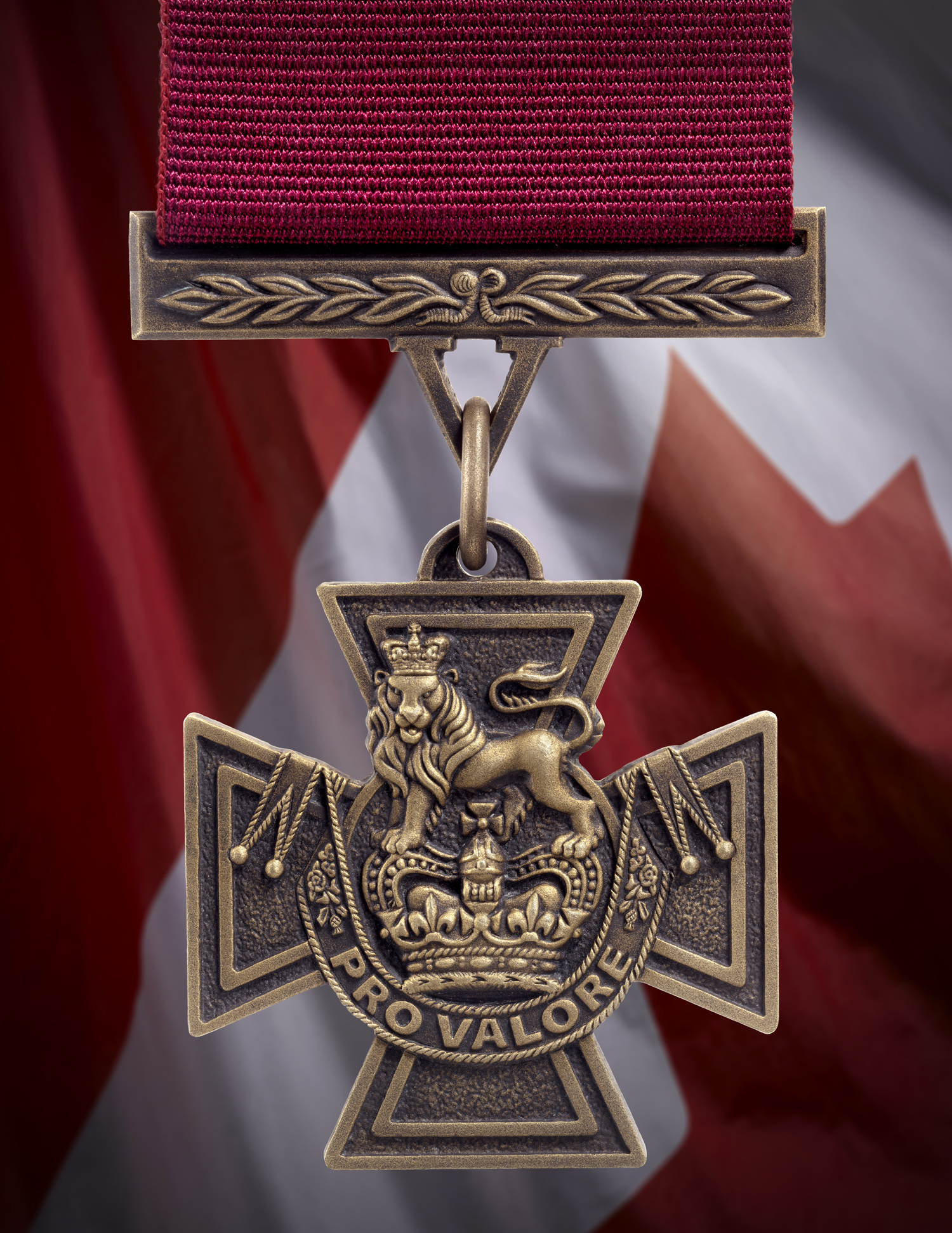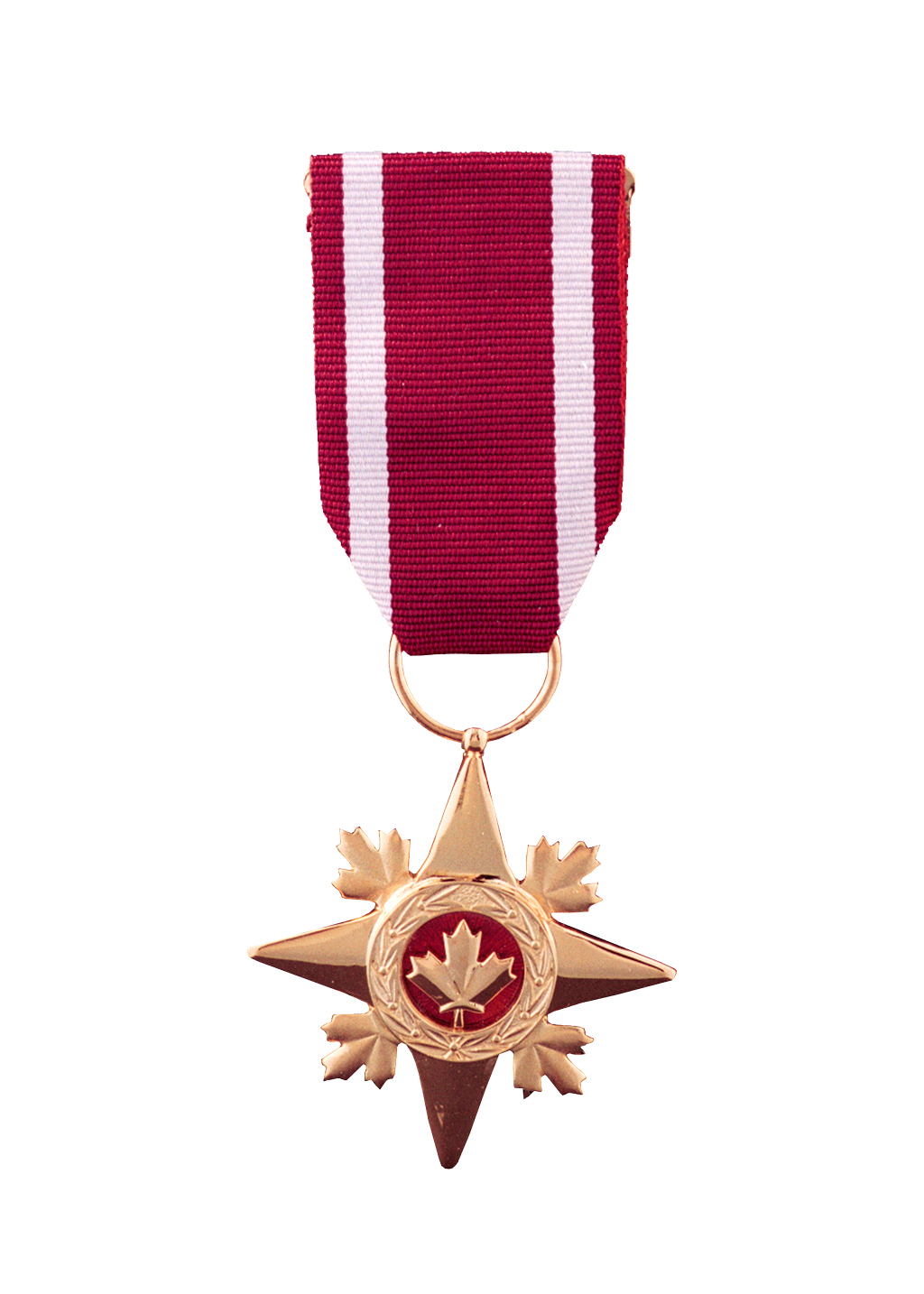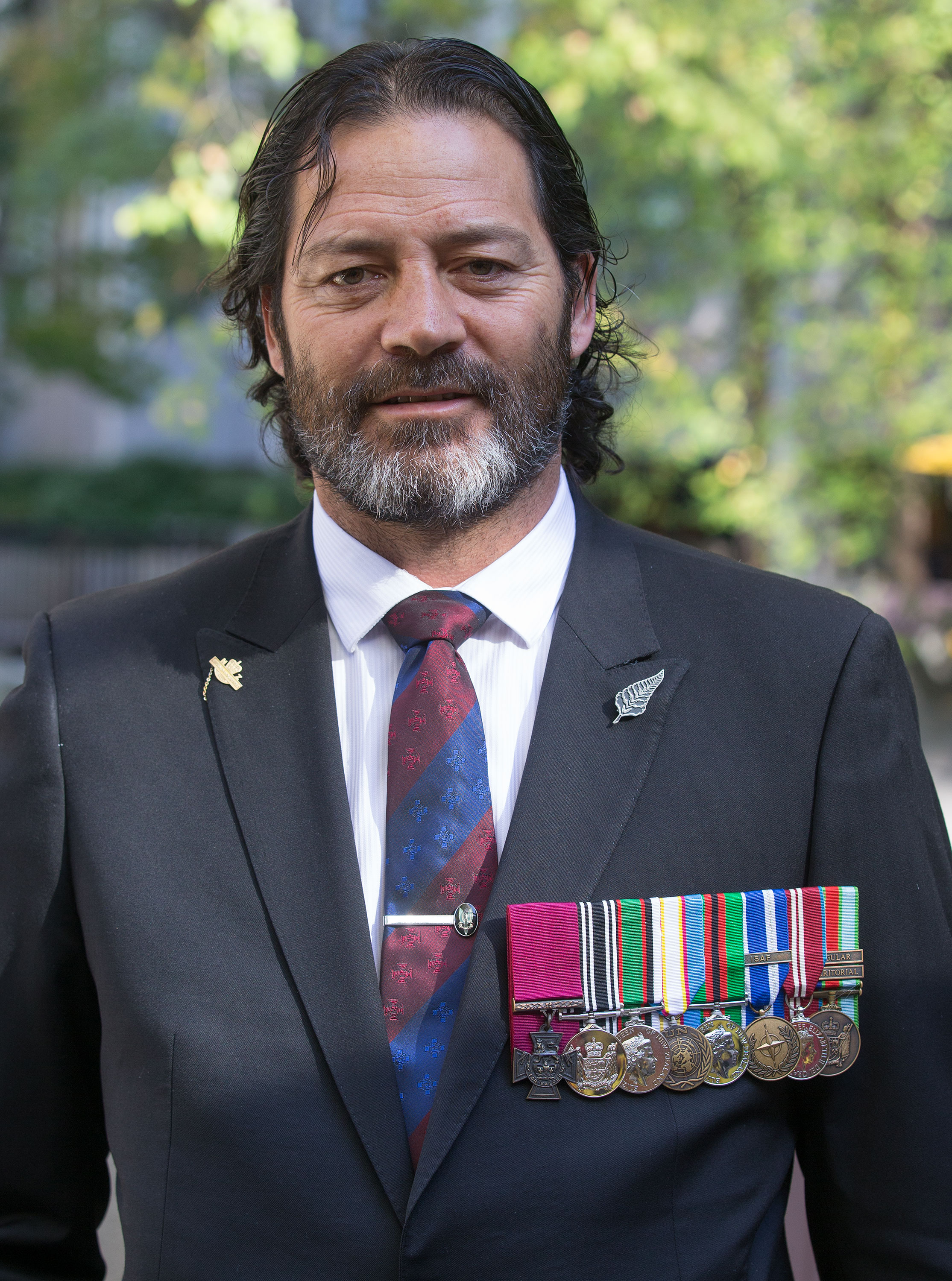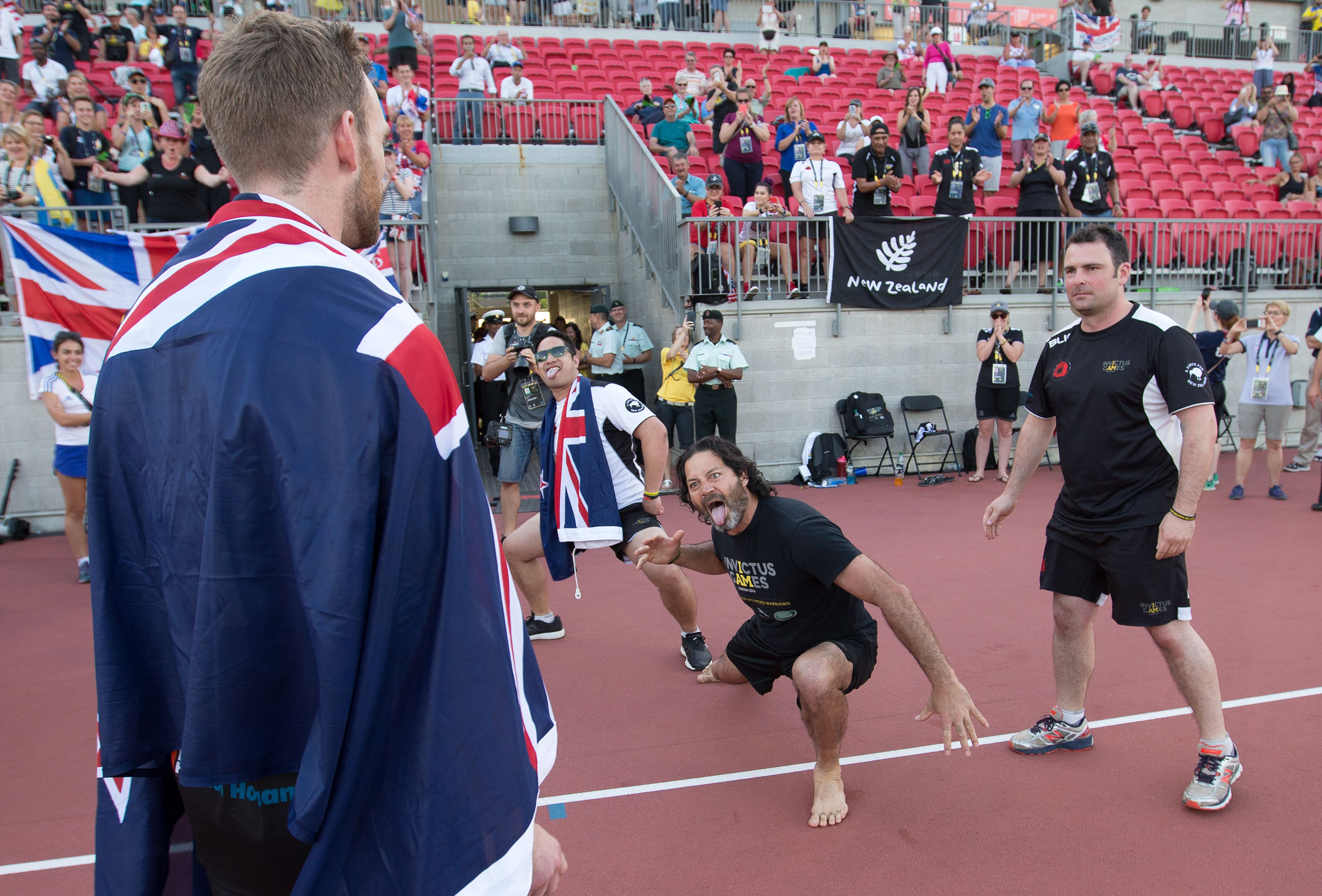
Twenty members of the Canadian Armed Forces received the Star of Military Valour (SMV), the second highest Canadian award for valour, for actions during the 13-year war, all of them jaw-dropping examples of courage.
Private Jess Larochelle of 1st Battalion, The Royal Canadian Regiment was in an observation post when it was destroyed by an enemy rocket in Pashmul, Afghanistan, on Oct. 14, 2006. Alone, severely wounded and under sustained enemy fire in his now-exposed position, Larochelle “aggressively provided covering fire over the otherwise undefended flank,” according to his citation. Two Canadians were killed and three wounded in the initial attack.
“Pte. Larochelle’s heroic actions permitted the remainder of the company to defend their battle positions and to successfully fend off the sustained attack of more than 20 insurgents. His valiant conduct saved the lives of many.”
There were other notable heroics. On Nov. 16, 2008, Master Corporal Jeremy Pinchin was part of a small sniper detachment protecting the southern flank of a joint Canadian-Afghan patrol from an isolated rooftop in Zhari District when they were attacked by a force of “well co-ordinated” insurgents.
“When a fellow soldier sustained a life-threatening wound, M.Cpl. Pinchin immediately administered first aid and shielded him, thus exposing himself to great risk. Fortunately, his protective armour bore the brunt of several enemy strikes as he aided his comrade.” His selfless actions saved the man’s life.

“One is when somebody voluntarily or knowingly draws the enemy’s fire upon them in order to relieve the pressure on somebody else,” Gauthier explains. “Or somebody just gets up and charges the enemy against overwhelming odds.
“It’s not that we didn’t want to award one. It’s simply that nobody met that very, very high standard for a Victoria Cross action. If one had, I can assure you, it would have been awarded.”
In fact, the Department of National Defence initiated a review of all 20 (SMV) actions after some veterans suggested the award had become more generous as Canada’s participation in the Afghanistan war was ending in 2014.
A committee of general officers representing all commands reviewed the citations and entire nomination processes for each, concluding that all were fair, efficient and consistent across all the Afghan rotations. They even compared the SMVs awarded in Afghanistan with recent Commonwealth VCs dating from Vietnam on.
“It was surprising how consistent they were,” said Gauthier. “In the end, the committee was very clear that the SMVs were all very good SMVs, that none of these awards should have been higher or lower; they were right in that window.”

Nearly 100 Canadians are among the 1,353 original VCs awarded across the British Empire until the 1990s. Gauthier believes there would have been fewer had systems of intermediate gallantry awards existed since the original VC was created in 1856.
The last Canadian to earn a VC was pilot Lieutenant Robert Hampton Gray, whose posthumous award came for actions on Aug. 9, 1945, when, under heavy fire, he led a Corsair attack on a Japanese destroyer, sinking it with a direct hit even as his aircraft burned.
No VCs were awarded for actions in Korea, which United States president Harry S. Truman notoriously termed a “police action” and not a war. The last living Canadian VC recipient was Ernest Alvia (Smokey) Smith, who earned his in 1944 in Italy. He died in 2005.
The British decoration was eliminated in Canada when Ottawa began overhauling the Canadian honours system in 1972. Amid debates over its fate, former prime minister Pierre Trudeau said Canadians should receive only Canadian decorations.
Brian Mulroney established a committee to study the issue in 1987, but Canada established its own VC only after Australia did so in 1991, retaining its name in part at the behest of The Royal Canadian Legion. New Zealand followed suit in 1999.
The Aussies have awarded four VCs since creating their own; the Kiwis one—all coming for actions in Afghanistan.
The SMV and the Medal of Military Valour (MMV) were instituted at the same time as the Canadian VC, and Afghanistan marked the first time any were awarded.
Eighty-nine MMVs were handed out for gallantry in Afghanistan.


The Canadian version is cast from some of that bronze, donated by Queen Elizabeth II, as well as metal from the 1967 Confederation Medal and from each of Canada’s regions.
Bruce Beatty, a retired RCAF flight sergeant and graphic designer, was instrumental in the VC’s design. Beatty designed almost two dozen official Canadian medals and decorations, the Order of Canada’s distinctive snowflake among them.
His Canadianization of the VC included native flora and a new motto “Pro Valore” instead of “For Valour,” thus avoiding the use of Canada’s two official languages.
Only 20 Canadian VCs and six bars have even been cast. Two medals went to the British Royal Collection at Buckingham Palace, while the others remain in Ottawa: in the Crown Collection at Rideau Hall, as well as at the Department of National Defence, Library and Archives Canada, and the Canadian War Museum.
The British Empire VC can only be awarded for actions against an enemy in wartime, but Canada’s definition of the term “enemy” is broader. The medal and its $3,000 annuity can be awarded for action against armed mutineers, pirates or other hostile forces without an official declaration of war.
The award process is a long and complex one. Any witness can nominate someone for a VC, but it has to be signed off by the nominee’s unit commander and is subject to multiple reviews and revisions before it reaches the honours and recognition panel for a decision. Thus, Gauthier doesn’t know if any new VCs were ever nominated.
Among his committee’s criteria are numerical limits on the number of gallantry awards that can be given—one nomination for every 250 people under command for each six-month period of war; Mentions in Dispatches are at one for every 100 people.
“It’s just a matter of time before the Canadian VC is awarded,” said Gauthier. “Our recipients of the [SMV and MMV] have proven that there are still a lot of very courageous Canadians out there.”
Advertisement












